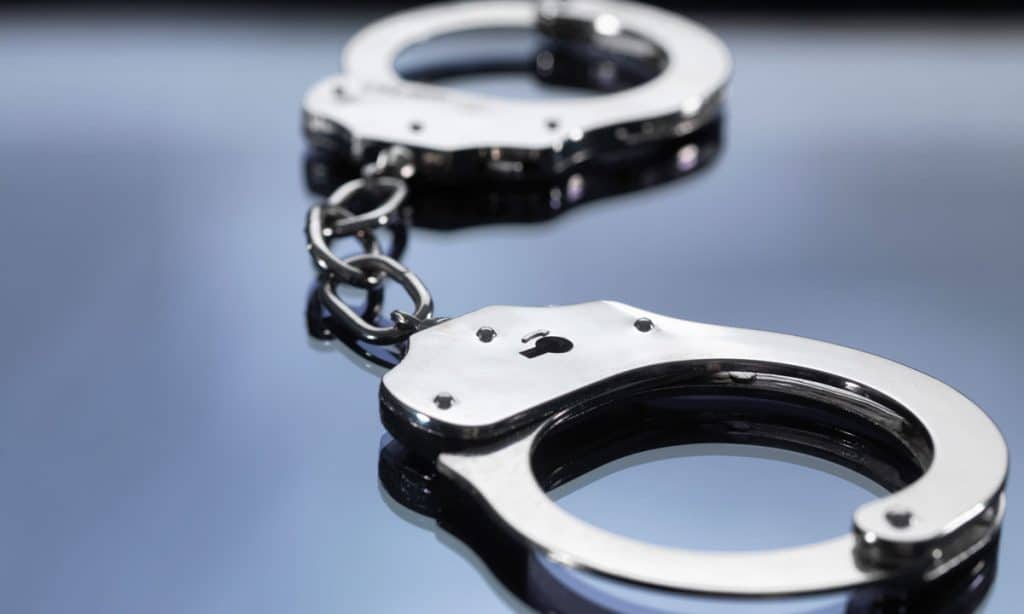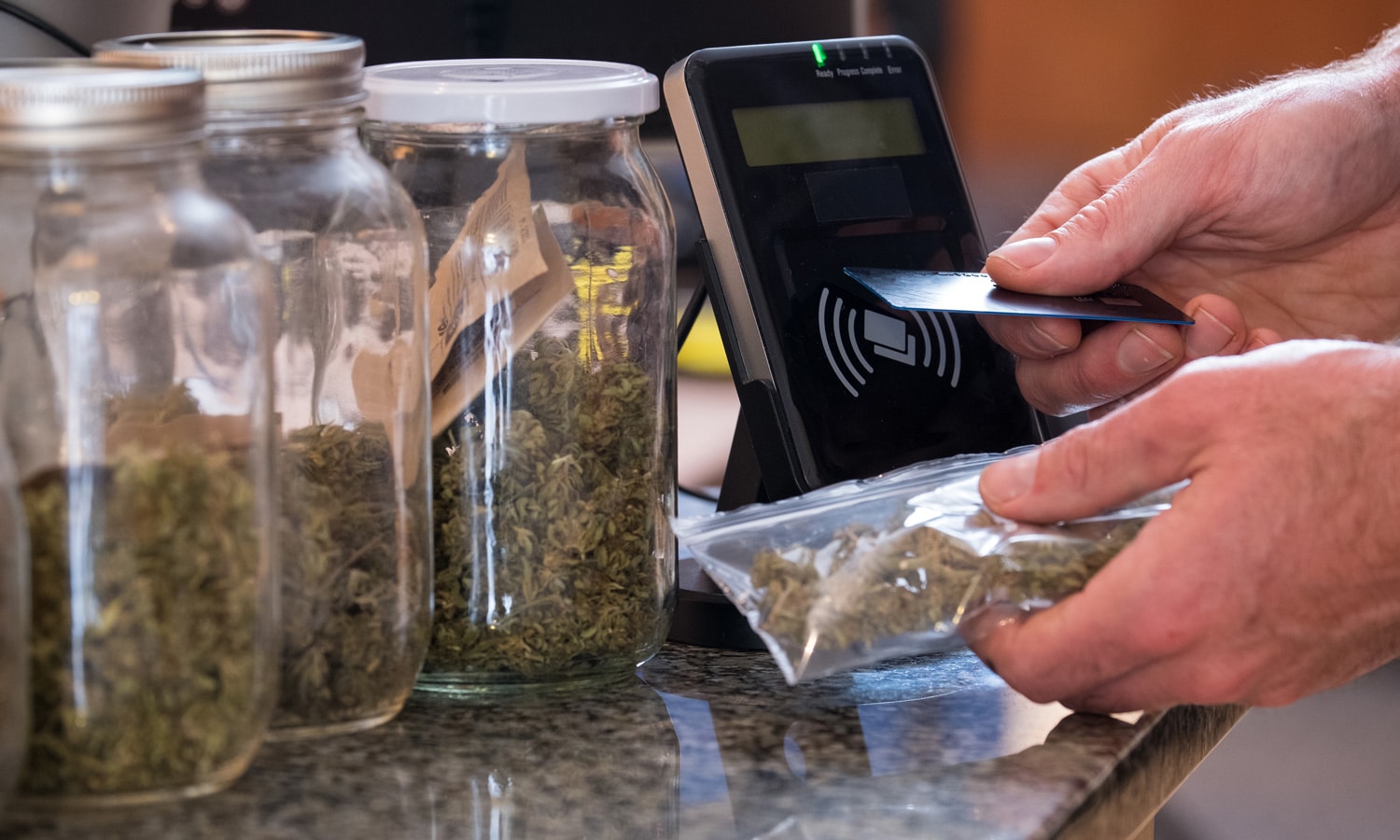The real challenge to reduce crime associated with marijuana is federal legalization and more aggressive law enforcement to eliminate the black market.
Marijuana advocates like to say that legalization generally means a decrease in crime wherever it is legalized. But that assertion is difficult to prove. More legal marijuana equals less crime, maybe.
A 2019 study found that while marijuana use can increase the likelihood of violent and property crimes, marijuana use may also diminish a user’s violent tendencies.
First, a sounding factoid: A violent crime is committed in the U.S. every 26.2 seconds, according to the FBI Uniform Crime Reporting program (UCR). Overall violent crime rose again in 2018, an increase of nearly one million victims over 2015. Nationwide, UCR figures report that marijuana arrests continue to outpace arrests for violent crimes.
While the usual issues with marijuana possession continue in states where it is still illegal — such as in Virginia, where the state made 28,866 arrests for marijuana offenses in 2018, according to the Uniform Crime Reporting Section of the Virginia state police, an increase of over 1,000 from 2017 — even in states where both medical and recreational marijuana have been legalized, arrests for possession have increased or stayed the same.
In Washington, D.C., for example, where recreational marijuana was legalized in 2014, you can still be busted for possession anywhere in the District. New data released by the DC metro police department reported A total of 926 people were arrested for cannabis crimes in Washington, D.C. in 2017, up 37% from 676 in 2016, as reported in Marijuana Moment.

In Colorado, the total number of marijuana arrests decreased by about half from 2012-2013, but have remained about the same since then.
But interestingly, the most common marijuana industry‐related crime in Denver was burglary, accounting for 59% of marijuana crime related to the industry in 2017.
RELATED: Study Finds No Connection Between Legalizing Marijuana And Crime
And that points to the real challenge of crime and marijuana — keeping an industry safe that has no real federal protections, with dispensaries generally relegated to remote areas of a town or city, all working on a cash-only banking system. The industry itself is creating more avenues of crime.
There has already been a spate of robberies in Sacramento, Denver and Seattle. In the case of Washington state, as a result of regulatory compliance, anyone (read: any thief) can find total industry and individual sales for most of the 540 marijuana retailers and 1,534 producer/processors in the state.
RELATED: Op-Ed: California’s Thriving Illicit Market Leading To More Crime
But the biggest crime issue the industry faces is the black market, which continues to proliferate. In California, for example, the black market is expected to make over $8.7 billion in 2019, compared to the legal market’s $3.1 billion. The black market is forecast to make up 53% of all sales in the state by 2024, according to a report in BDS Analytics, a marijuana research company.
While the research continues, mostly pointing to facts that more legalization can help reduce crime like it’s doing in some of the Mexico border states, it’s clear that the real challenge to reduce crime associated with marijuana is federal legalization — beginning with banking — and more aggressive law enforcement to eliminate the black market, which flourishes in part because of high taxes on legalized marijuana products.


